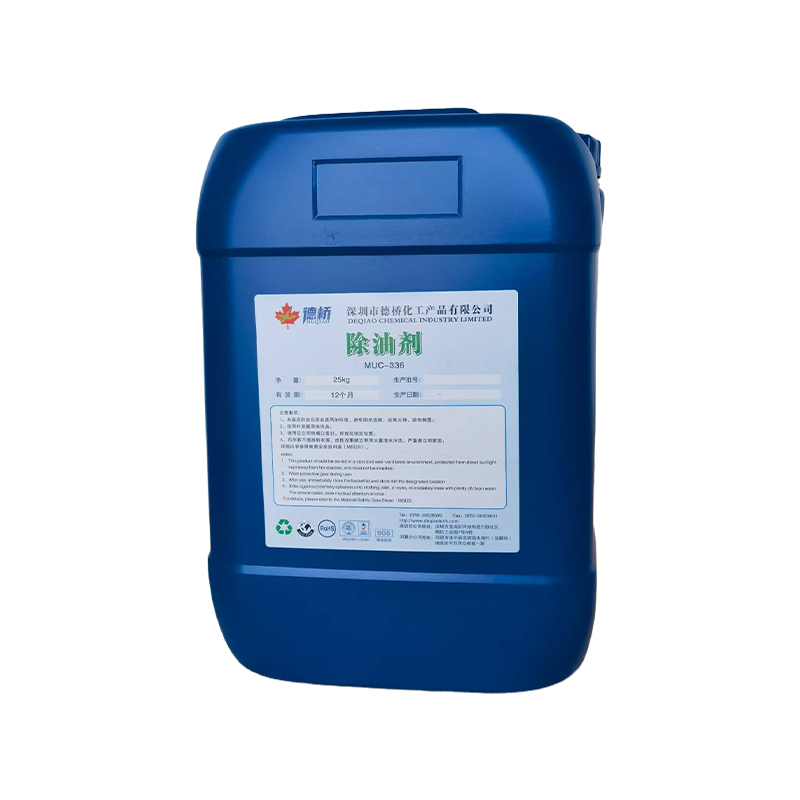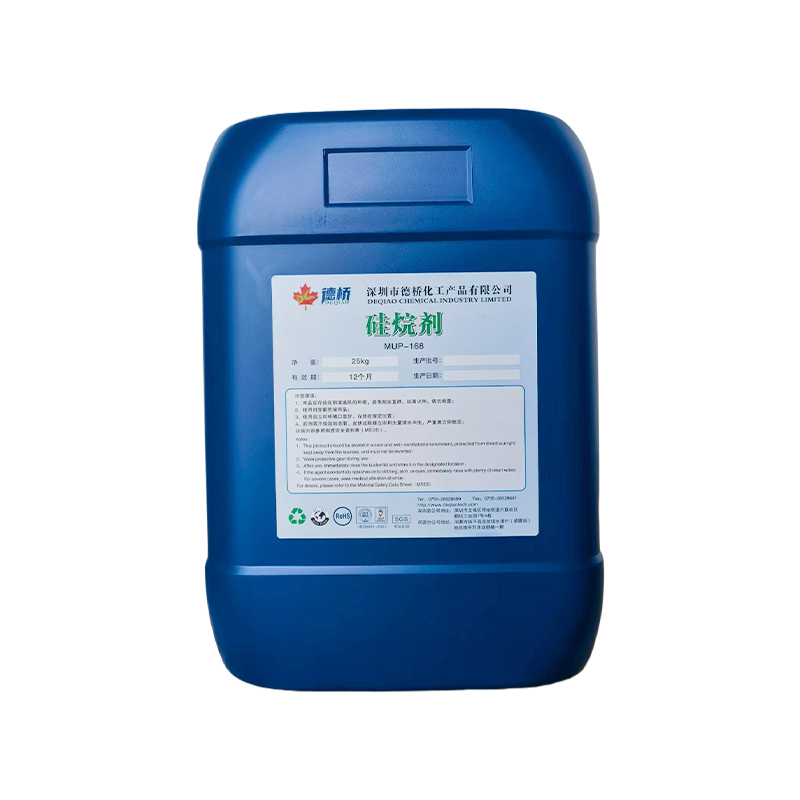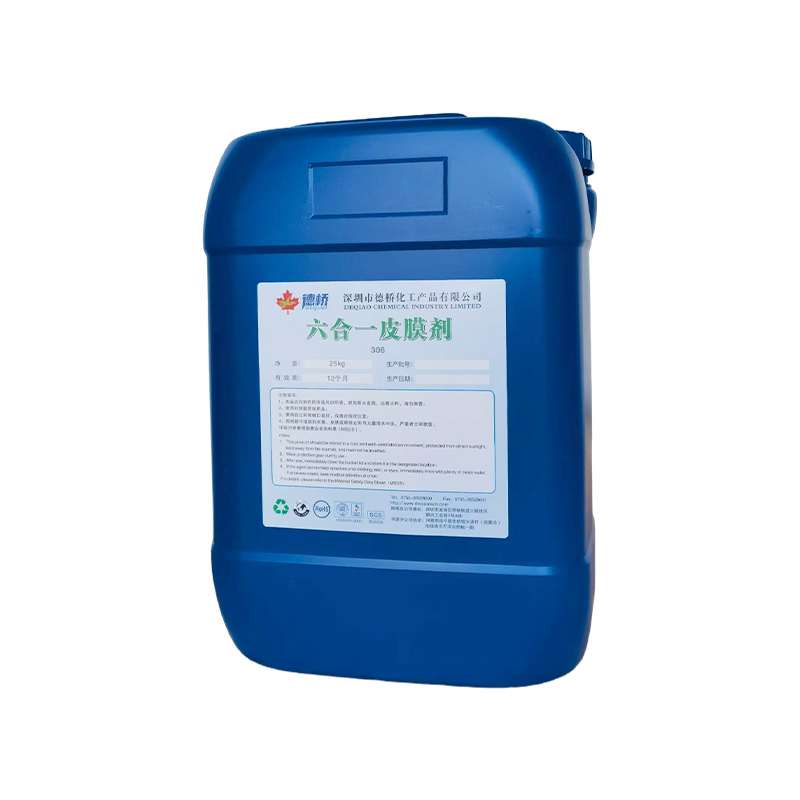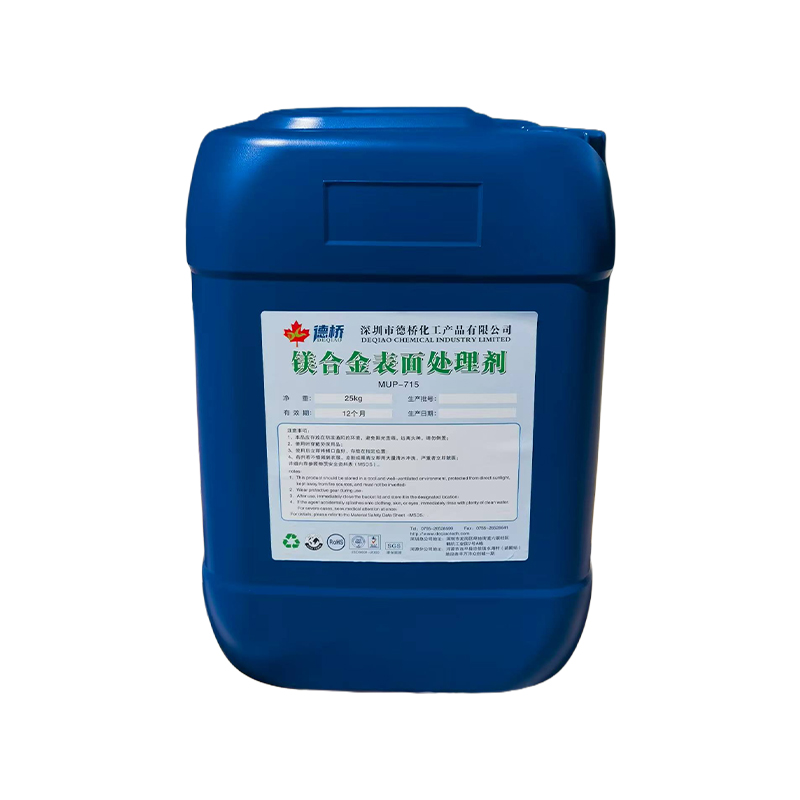Current Status of Corrosion Protection Technology Applications for Magnesium Alloys as Lightweight Materials for Automobiles 3.1 Organic Coating Technology
Organic coatings are coverings formed from organic polymer materials, providing protective, decorative, and insulating properties. Organic coating technology is currently widely used in lightweight automotive production. Their key features include excellent corrosion resistance, wear resistance, weather resistance, and decorative properties. These lightweight organic coatings are typically composed primarily of synthetic resins, combined with additives such as pigments and solvents. These chemical components undergo specialized processing and transformation to form a thin film covering the vehicle's surface, providing both protection and aesthetics. As Yang Kun has suggested, techniques such as layered double hydroxides (LDHs), cold spraying, thermal spraying, physical vapor deposition, and chemical vapor deposition laser surface treatment can also be used to enhance the corrosion resistance of magnesium alloys, but commercial application of these technologies in the automotive sector is limited. LDHs, with their tunable brucite structure, are essentially anionic clays. Their unique layered structure is believed to act as nanocapsules capable of storing and releasing corrosion inhibitors, facilitating the development of more functional coatings.
Specifically, when creating organic coatings for lightweight magnesium alloys in automobiles, technicians first pre-treat the magnesium alloy substrate surface to remove impurities such as oil and rust, thereby improving the adhesion between the coating and the substrate. After this, the organic coating material is evenly applied to the magnesium alloy substrate surface using a coating process. After drying or curing, the coating forms a complete film, adhering to the magnesium alloy substrate surface. Organic coatings are primarily used to prevent corrosion and UV damage, and can also serve as decorative coatings to enhance the vehicle's vibrant appearance and quality. Shen Jun et al. proposed using a pre-dip zinc coating method to form automotive surface coatings. This method generally provides a good substrate for the subsequent plating process. Before nickel plating, a copper or zinc layer is pre-plated on the magnesium alloy surface. This intermediate layer significantly improves the toughness, bonding strength, and corrosion resistance of the interface.
Organic coatings used in vehicle body painting not only enhance the vehicle's aesthetics but also offer excellent weather resistance and corrosion resistance. Improved organic coatings can withstand high pressure and friction, effectively protecting the metal substrate within the vehicle structure and extending its service life. For example, silane films, as organic coatings, can be used as pre-treatment in automotive painting, significantly contributing to the stability and safety of vehicle structures. Organic coatings can also form dense oxide films that offer excellent resistance to corrosion from acids, alkalis, salts, and other corrosive substances. For example, electrochemical coatings can effectively protect magnesium alloy components in automotive applications even in harsh operating environments.







